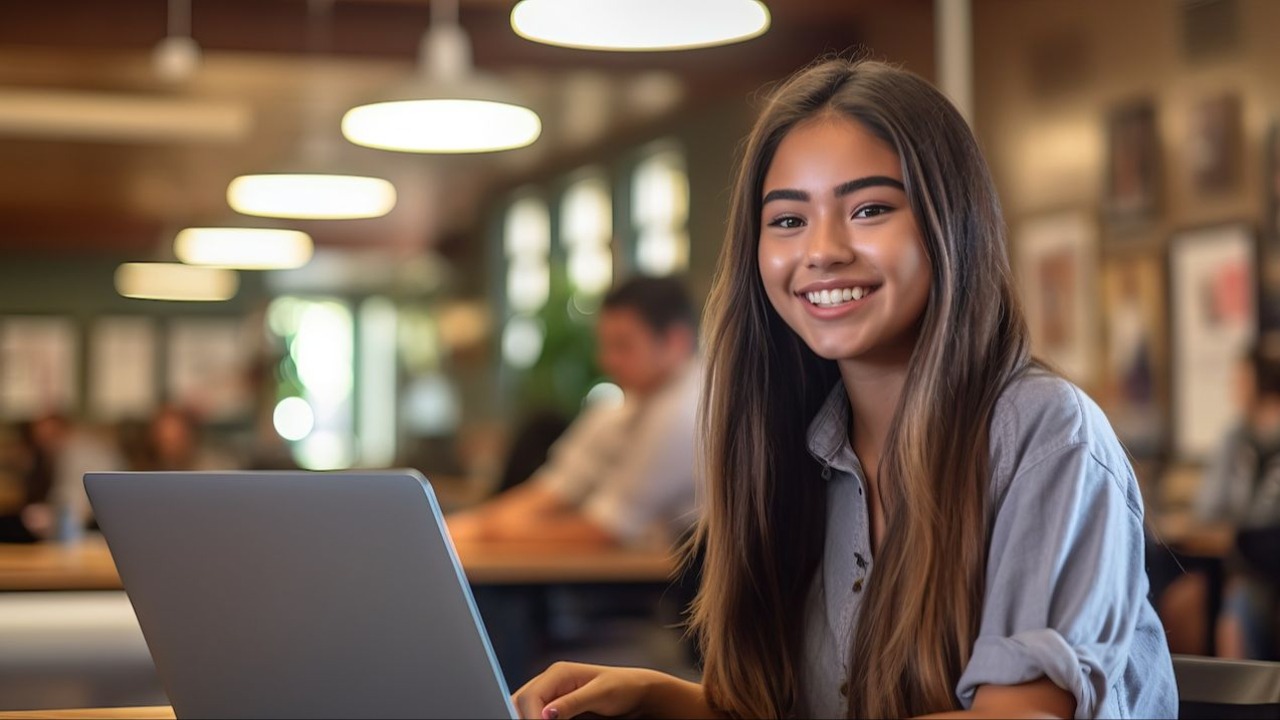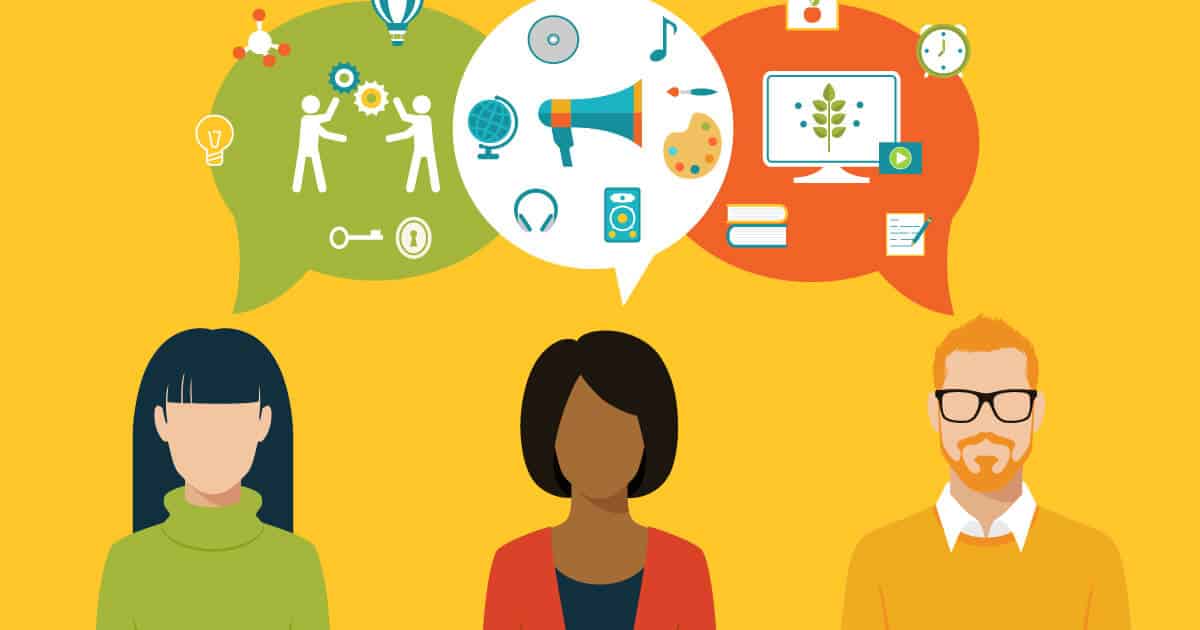
Introduction to Learning Styles
Learning is a journey, and each of us travels down that path differently. Have you ever wondered why some students excel in class while others struggle? The secret often lies in understanding learning styles. These unique approaches to absorbing information can profoundly impact academic success. By recognizing how we learn best—whether through visual aids, auditory resources, or hands-on experiences—we can tailor our study techniques for maximum effectiveness. Let’s dive into the fascinating world of learning styles and explore how they shape our educational outcomes.

Visual Learners: Characteristics and Strategies for Success
Visual learners thrive on imagery and spatial understanding. They often excel when information is presented through diagrams, charts, or videos. For these individuals, seeing concepts in action helps solidify their comprehension.
To enhance their learning experience, visual learners can use color-coded notes or mind maps to organize thoughts clearly. Flashcards with images or symbols can also be effective tools for memorization.
Creating a visually appealing study environment might aid retention as well. Posters of key concepts placed around the room can keep essential information front and center.
In group settings, visual learners benefit from presentations that incorporate slideshows or infographics. This engagement not only aids their understanding but also inspires collaboration among peers who may have diverse learning styles.
Auditory Learners: Characteristics and Strategies for Success
Auditory learners thrive on sound. They grasp information best when it’s spoken or heard. Lectures, discussions, and audio recordings resonate with them in ways that visual aids may not.
These individuals often enjoy reading aloud. They might also excel in group conversations where exchanging ideas is key. Listening to music while studying can enhance their focus too.
To maximize success, auditory learners should engage with study materials through podcasts or audiobooks. Discussing topics with peers can solidify understanding, as verbalizing thoughts helps reinforce memory.
Utilizing rhythm and rhyme for memorization adds an extra layer of fun and effectiveness. Repetition is crucial; hearing information multiple times cements concepts firmly in the mind.
Incorporating these strategies into daily routines enables auditory learners to tap into their natural strengths effectively.
Kinesthetic Learners: Characteristics and Strategies for Success
Kinesthetic learners thrive on movement and hands-on experiences. They often struggle to absorb information through traditional lectures or reading alone. Instead, they excel when engaging in physical activities that reinforce learning.
These learners are typically energetic and enjoy experimenting. They might benefit from using models, conducting experiments, or participating in role-playing exercises to grasp concepts better. Incorporating tools like building blocks or craft materials can make a world of difference.
To succeed academically, kinesthetic learners should seek out opportunities that allow for active participation. This could include studying with friends while walking around or taking frequent breaks during study sessions to stretch and move around the room.
Using technology can also be advantageous; educational apps that promote interactive learning cater well to their style. Embracing these strategies fosters an environment where kinesthetic learners feel empowered and engaged in their academic journey.
Finding Your Learning Style
Discovering your unique learning style can be a transformative experience. It starts with self-reflection. Think about how you absorb information best.
Do you remember things by visualizing them? Perhaps charts and diagrams resonate with you more than text alone. If so, you might lean towards being a visual learner.
On the other hand, do discussions or lectures help solidify concepts in your mind? If listening to explanations aids your understanding, auditory methods may suit you better.
For those who thrive on movement and hands-on activities, kinesthetic learning is likely where you’ll find your groove. Engaging in practical exercises can make all the difference for this type of learner.
Take time to experiment with different techniques and resources. Journals, quizzes, or even professional assessments can provide insights into what resonates most effectively with you. The journey of finding your learning style is both personal and empowering.
Tips for Incorporating Different Learning Styles into Study Habits
To effectively integrate various learning styles into your study habits, start by diversifying your resources. Use videos and infographics for visual learners. Combine these with podcasts or audiobooks for auditory preferences.
Create a mixed environment that caters to kinesthetic learners. Encourage movement during study sessions, like pacing while reviewing notes or using flashcards to engage physically.
Group study sessions can benefit everyone. Discuss topics aloud to support auditory processing while allowing visual aids and demonstrations for those who learn better visually.
Incorporate technology as well. Utilize apps tailored for different styles—some focus on visuals, others on audio content, offering a balanced approach.
Reflect regularly on what methods resonate best with you and adjust accordingly. Flexibility is key in accommodating all learning styles effectively within your routine.
The Importance of Understanding Learning Styles for Academic Success
Understanding learning styles is crucial for achieving academic success. Each student absorbs information differently, and recognizing these differences can enhance the learning experience.
When educators tailor their teaching methods to various learning styles, students are more engaged. This engagement often leads to better retention of information and improved performance on assessments.
Moreover, acknowledging personal preferences in learning empowers students. It encourages them to take ownership of their education and seek out strategies that work best for them.
In a diverse classroom setting, appreciating varying learning styles promotes inclusivity. Students feel valued when they see their unique approaches acknowledged and respected.
Grasping the importance of different learning styles transforms not only individual study habits but also the overall educational environment. Enhanced collaboration between teachers and students fosters an atmosphere ripe for academic achievement.

Conclusion
Understanding the impact of learning styles on academic success can be a game changer for students. Embracing different approaches to learning allows individuals to tailor their study habits in ways that resonate with them personally. By recognizing whether you are a visual, auditory, or kinesthetic learner, you can adopt strategies that enhance your understanding and retention of information.
Equally important is the flexibility to incorporate various techniques into your studying routine. This not only keeps boredom at bay but also fosters a more engaged and holistic approach to education. When students adapt their methods based on their unique learning styles, they often see improvements in performance and confidence.
Academic success is not just about hard work; it’s about working smart too. With an array of resources available today—be it online courses, tutorials, or peer groups—the opportunities for personalized learning are vast. The key lies in being open-minded and willing to experiment with different strategies until you find what works best.
Embracing diverse learning styles creates an enriched educational experience and paves the way for greater achievements in academia and beyond. Understanding how these elements intertwine will empower learners everywhere to reach new heights.



Leave a Reply